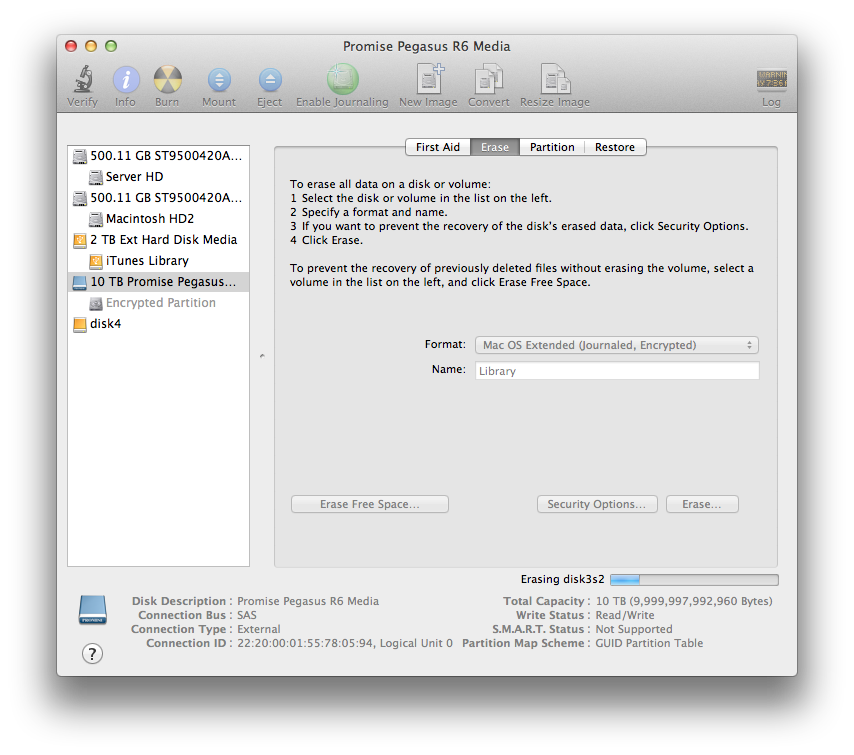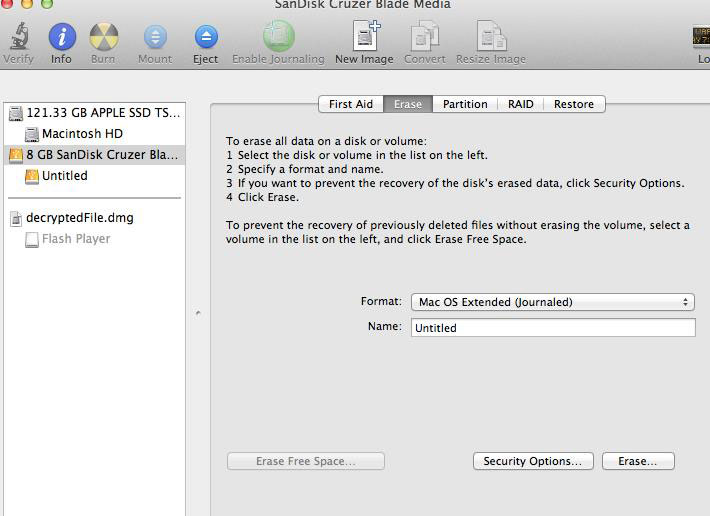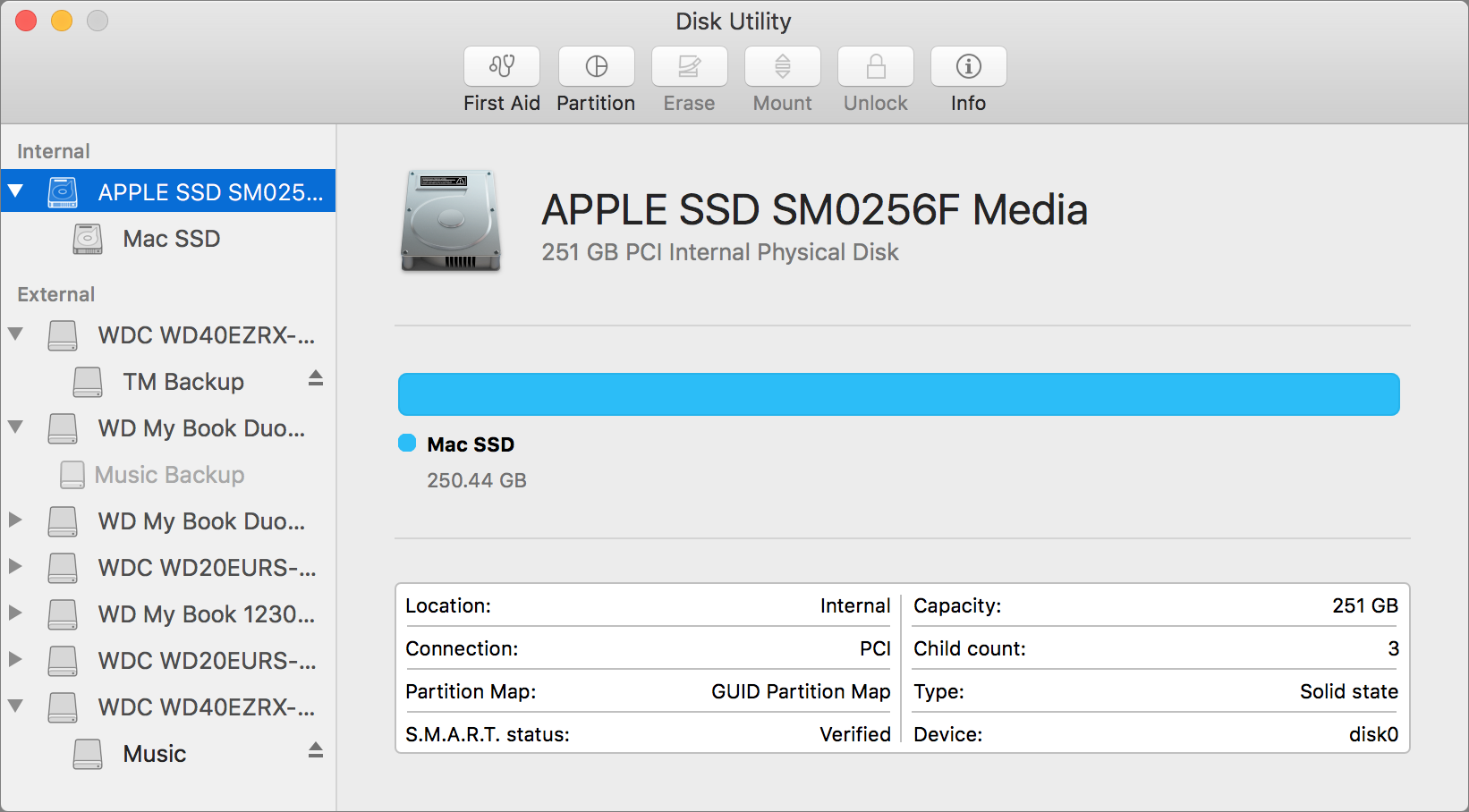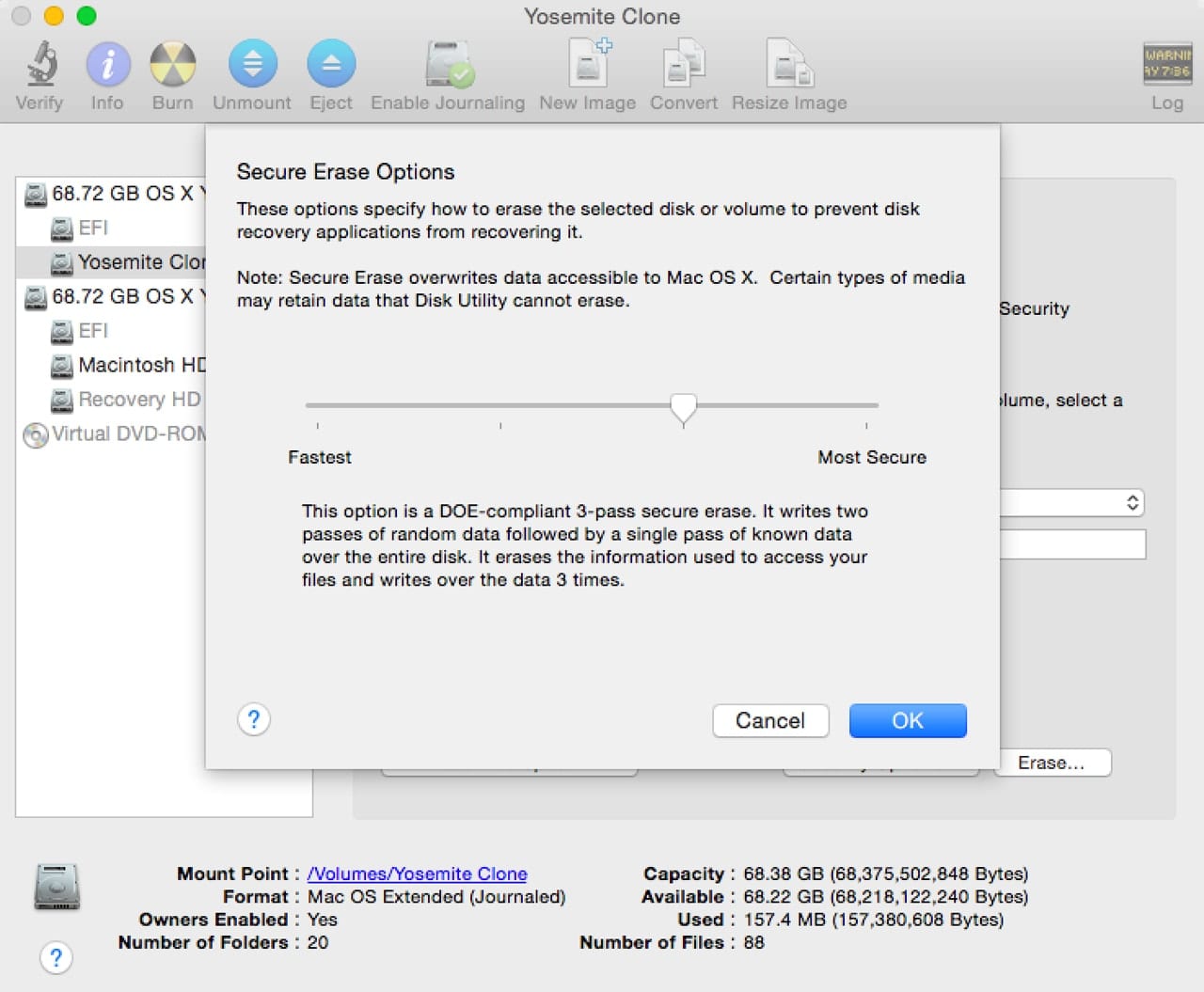

- #Mac os extended journaled encrypted vs capacity mac os#
- #Mac os extended journaled encrypted vs capacity full#
- #Mac os extended journaled encrypted vs capacity mac#
Your final task is to create an ext4 filesystem on your new partition, /ev/sdc1.
#Mac os extended journaled encrypted vs capacity full#
Full read/write access to Ext2 / Ext3 / Ext4 partitions under Mac® OS X Transfer rate is similar to the native Mac® OS Extended file system performance Auto-mounting of Ext2 / Ext3 / Ext4 volumes Full support of OS X 10.10 Yosemite! No affiliation or whatsoever.
#Mac os extended journaled encrypted vs capacity mac#
HFS or the Hierarchical File System was introduced by Apple in 1985 for use in Mac OS.
#Mac os extended journaled encrypted vs capacity mac os#
Neither Windows or Mac OS has a native ext2 ext3 or ext4 support. Ext4 has a maximum file size of 16 terabytes and the maximum volume size of 1 exabyte. See the following article to confirm that Toolkit can access the drive: Using Toolkit on macOS 10.15.In 2008 the ext4 was introduced which is the most modern dedicated Linux file system. If you are still having issues, try formatting the drive using one of the supported formats listed in the format section above.įor macOS computers running 10.15 (Catalina) or later, check your Mac’s Security and Privacy settings to make sure that Toolkit has permissions to access external volumes.

If it doesn’t, try setting everyone as Read & Write. Make sure that Read & Write is set for your user and see if that resolves the issue. Mac OS Extended (Journaled) and APFS should provide you with a list showing your user, staff and everyone.

If the drive is formatted in something other than one of the file systems listed above, Toolkit may report a ‘No readable volumes’ status for the drive. Toolkit displays an NTFS volume as “read-only”. macOS can read an NTFS volume but cannot natively write to it.

Use the following troubleshooting information to address this issue. Typical reasons include the drive’s format or permissions. There are situations in which Toolkit may report a ‘No readable volumes’ status for a drive.


 0 kommentar(er)
0 kommentar(er)
